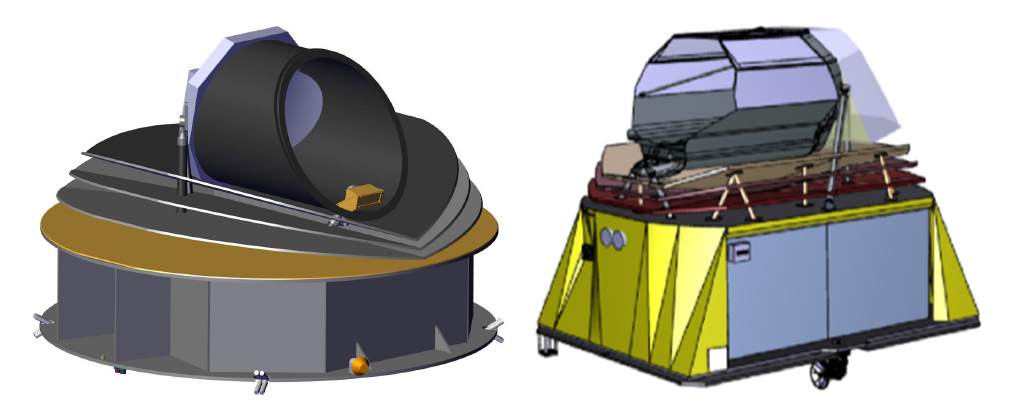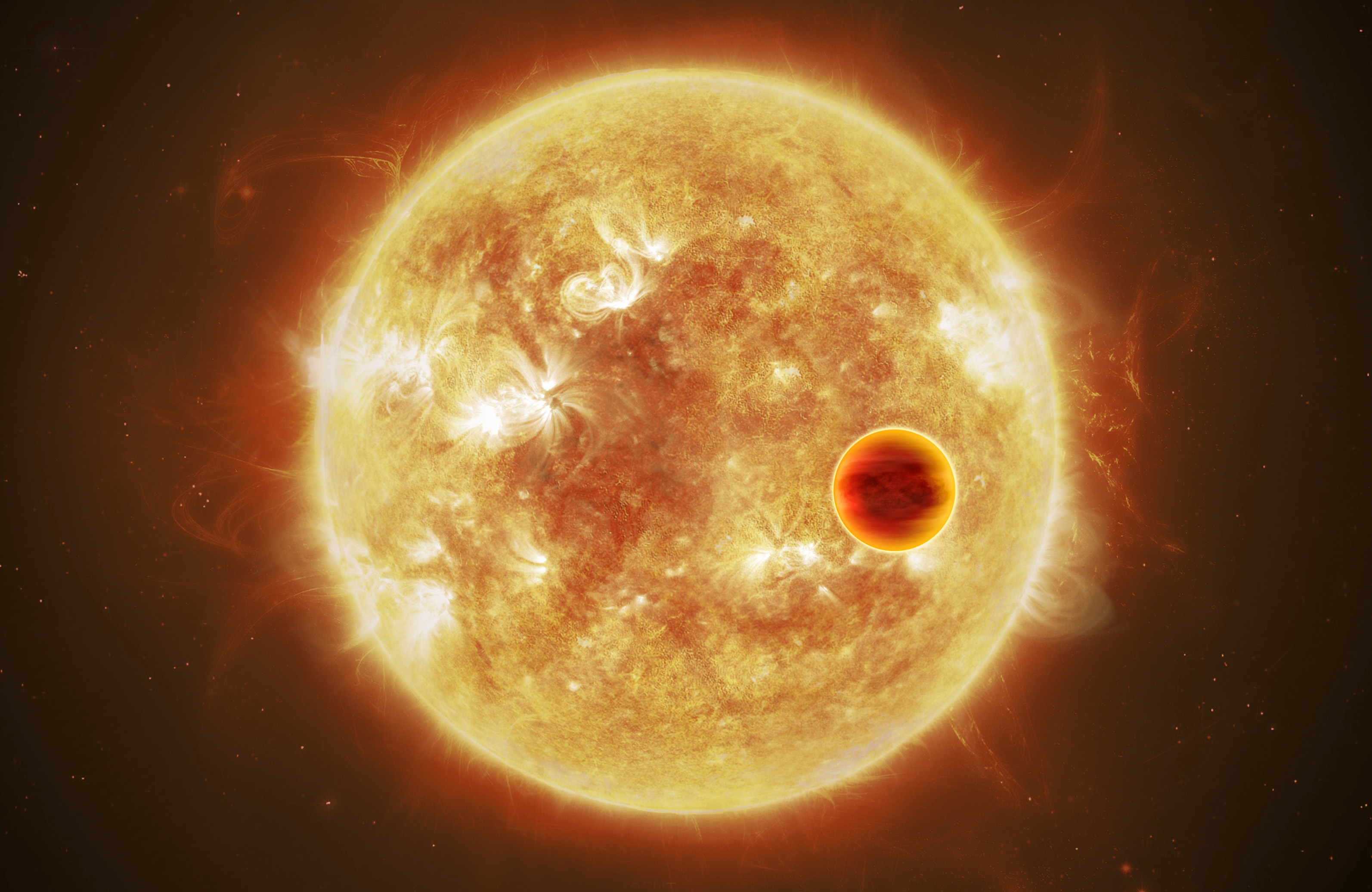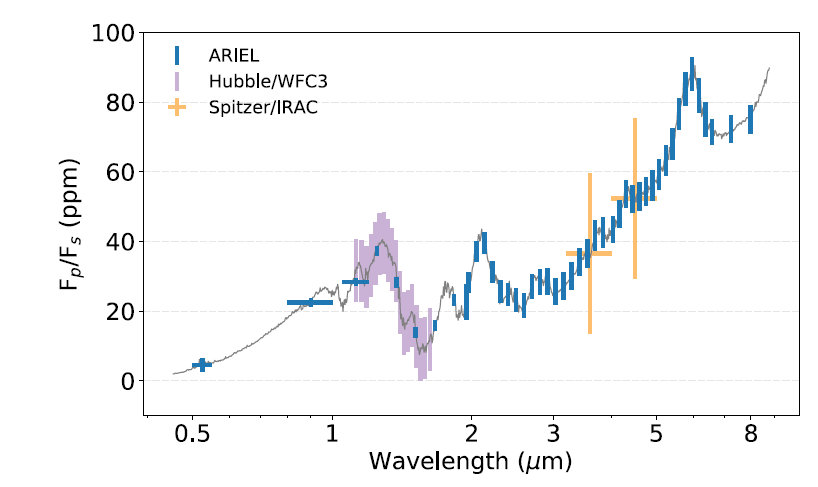The nature of planets orbiting stars in other system is the target of ESA’s fourth medium-class mission (codenamed M4) which will be launch in mid-2028.
M4 is named ARIEL (for Atmospheric Remote sensing Infrared Exoplanet Large survey) and has been chosen by ESA during its Science Programme Committee on 21 March 2018 within the framework of its Cosmic Vision plan. The mission addresses one of the key themes of the Cosmic Vision programme: what are the conditions for planet formation and the emergence of life?

Artist’s impression of what may be the ARIEL telescope © ESA
Since 1995, when the first exoplanet was discovered, thousands of exoplanets have been discovered with a wide range of masses, sizes and orbits, without any apparent pattern between theses characteristics and the nature of the related star. In particular, we ignore how the chemistry of the planet is correlated to its formation environment and how the type of host star determines its physical and chemical properties as well as its evolution.
Ariel will address questions of fundamental physics on how planetary systems are forming and evolving by examining the atmosphere of hundreds of planets orbiting different types of stars, allowing to evaluate the diversity of both properties of individual planets and populations.
Observations of these new worlds will give us a glimpse of the first stages of planetary formation as well as their subsequent evolution, thus helping to put our own solar system in context. With Ariel and its systematic study of hundreds of planets, we will go beyond the era of discoveries to enter that of the characterisation of exoplanets on which we will have reliable statistics.
The mission will focus on hot to very hot planets, from super-Earth planets to gas giant orbiting close to their star.

Artist’s impression of a hot planet passing in front of its star. The analysis of light transmitted through its atmosphere will provide valuable information on its chemical composition © ESA
Ariel will measure the chemical footprints of atmospheres as the planet passes in front of its host star, performing measurements with an accuracy up to 10 to 100 parts per million relative to the star.
In addition to detecting traces of well-known ingredients such as water vapour, carbon dioxide and methane, Ariel will also be able to measure more exotic metal compounds, putting the planet in context with the chemical environment of the host star.

Simulation of the ARIEL signal (with error bars) compared to a model for a hot super-Earth around a star G of magnitude K = 4. The data are compared to the measurements available on the planet 55 Cnc e by HST and Spitzer (according to the ARIEL assessment study report) © ESA
For a selected number of planets, Ariel will also conduct a thorough study of their cloud systems and study daily and seasonal atmospheric variations.
The Ariel telescope will operate at both visible and infrared wavelengths. Launched by Ariane 6, it will operate from the Lagrangian point L2. The planned duration of the mission is of 4 years.
Following its selection by the ESA Science Programme Committee, a series of detailed mission studies will be launched to refine the design of the satellite. This will lead to the adoption of the mission - currently scheduled for 2020 - following which an industrial contractor will be chosen to build it.
Ariel has been selected among 3 competing candidates, the other 2 being a space-based physics mission THOR (Turbulence Heating ObserveR) and the mission of high-energy astrophysics XIPE (X-ray Imaging Polarimetry Explorer). France participates in the scientific consortium of Ariel by providing mainly the infrared spectrograph AIRS, a key component of the mission to determine the chemical composition of exoplanetary atmospheres. CNES supports several laboratories in this project, including CEA's AIM laboratory, IPA, IAS, LAB and LESIA. Other laboratories also intervene to varying degrees.
See also
The announcement of the selection of Ariel on the ESA website: https://www.esa.int/Our_Activities/Space_Science/ESA_s_next_science_mission_to_focus_on_nature_of_exoplanets
See also the CoRoT mission on exoplanets